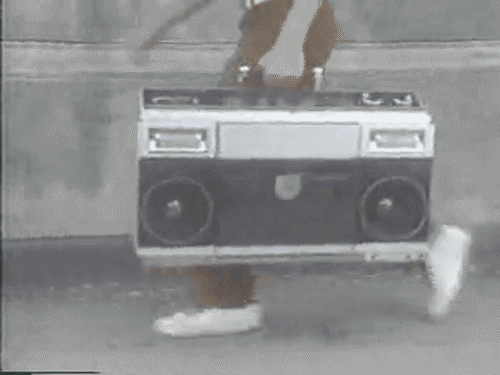Simply Simon

For admirers of Paul Simon this album, first released in 1965, is something akin to the Holy Grail. Recorded in between Simon & Garfunkel’s flop first album and The Sound of Silence hitting Number One in the United States, this captures, in a raw, almost demo, state, many of the songs that would turn up on subsequent S & G albums.
It hasn’t been available anywhere, in any format, for more than 20 years. Paul Simon, forever the perfectionist, was unhappy with the basic nature of the recording and has vetoed its release at every turn.
At this point in his career Simon was living in England, and this album was recorded in a Soho studio in a couple of hours, an especially remarkable feat given that Simon’s albums these days take years, not hours to make.
Many of the songs had previously been used in a BBC radio religious slot – hence the decision to record the album. It’s easy to see, in retrospect, why songs such as A Most Peculiar Man (about a suicide case), the quasi Bob Dylan protest songs A Church Is Burning and He Was My Brother and, of course, The Sound of Silence, with its theme of the lack of communication, would appeal to the earnest folks in BBC religious programming. Not that Paul didn’t have a sense of humour, A Simple Desultory Philippic being a brilliant name-dropping Dylan parody that would turn up, in a radically different form, on the Parsley Sage LP.
Some of the songs on this album, April Come She Will and Kathy’s Song, are almost interchangeable with later versions, although Simon’s vocal on April is, if anything, preferable to Garfunkel’s rather more pristine take of the same song on the Sounds of Silence LP. (The mythical Kathy, Simon’s one-time muse and lover, is on the cover of this album).
The Sound of Silence is, however, radically different to later versions, possessing a repressed frustration and anger that was smoothed over in the S & G interpretation. The same goes for I Am A Rock, which has an urgency missing from the better-known electrified version. As with so many other tracks – Leaves That Are Green, Flowers Never Bend and Patterns – the sparse, uncluttered versions captured on this album now sound fresher than the sometimes over-arranged productions on the S & G albums.
There’s even one song, On The Side Of A Hill, that doesn’t appear anywhere else (except as part of the arrangement for Scarborough Fair). – Simon Evans




 (11 votes, average: 3.73 out of 5)
(11 votes, average: 3.73 out of 5)







October 22nd, 2010 at 5:52 am
IIRC, not only he was living in England, his flatmate was Al Stewart.